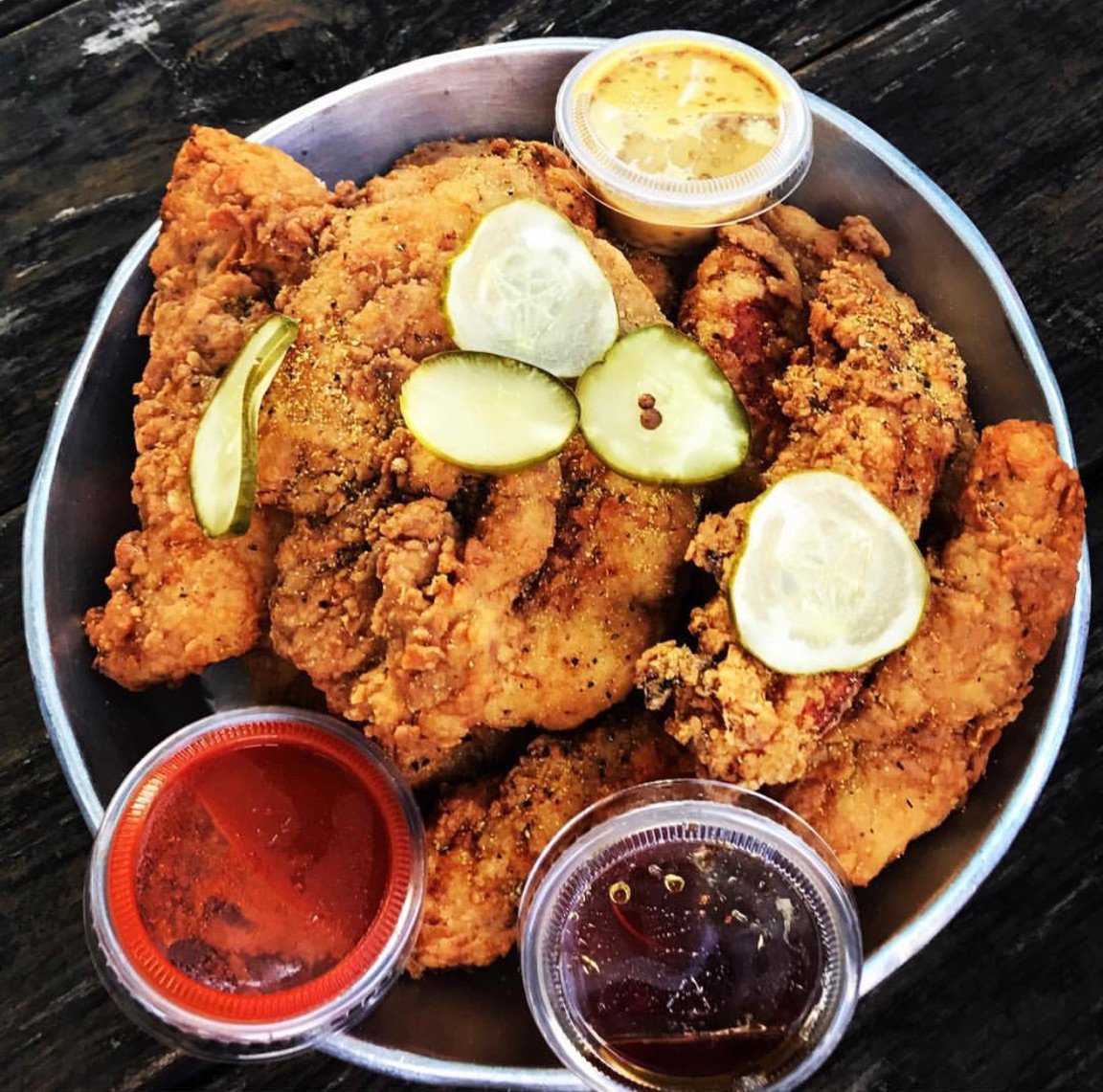


So while scratch grains aren't appropriate to be fed as your flock's main diet, the extra fat and carbs in the grains and seeds and nuts will help keep your chickens and ducks warm through the winter.The other day, I mentioned I was playing around with Chicken Scratch embroidery, or “gingham lace” embroidery. If our flock is any indication though, there will never be anything left! My girls love this recipe. Feed immediately and discard any leftovers. When ready to use, stir the oil mixture into 2 Cups of layer crumble and 1 Cup scratch grains until well combined. Set the glass on a sunny windowsill or warm spot for 3-4 hours. Mince three garlic cloves and put them in a glass with 1/4 Cup olive oil. This amount of garlic-infused olive oil scratch is enough for about a dozen chickens. The olive oil and garlic adds more great antioxidants and nutrition for your girls. Garlic-Infused Olive Oil Scratch Grains TreatĪnother variation is to add some garlic-infused olive oil to a mix of scratch and layer crumble. My favorite homemade scratch recipe is what I call my Ultimate Scratch Grain recipe. Or you can even purchase bagged bird seed mixes containing mixed seeds and nuts.

If you can't find anything locally, I have added some links below to help you get started. Since it's not their main feed, you don't need to worry that it's balanced, so add what you have on hand or can find at your local feed store. You can mix up nuts and grains and seeds in any combination you would like. So, if you mix your own scratch grains, you can either leave out the corn entirely, or use organic, non-GMO corn instead. Most of the corn grown in this country is GMO, and I know that can be an issue for a lot of people. One nice thing about making your own scratch grain mix is that you can stick with organic grains, if that's important to you. Homemade Scratch Grains Winter Treat for ChickensĪll of the major chicken feed brands and distributors sell pre-bagged scratch grains that are readily available at your feed store and which contain a variety of grains and seeds, but you can also easily make your own.Īs an alternative to commercial scratch, you can easily mix up bulk grains purchased from your feed store or local grocery store. They also create energy (and therefore warmth) hustling and scratching to gobble up the scratch grains.
#Chicken scratch cracked#
Most mixes are predominantly cracked corn which is high in carbs and will put weigh on chickens (and especially ducks) if they eat too much of it, although corn does have a lot of nutrients and also fiber in it. Unlike commercial layer feed which is scientifically balanced and contains between 15-18% protein, scratch grains are not. High in carbs and fat, scratch grains are considered "junk food" and should be fed in moderation because overindulgence can quickly lead to overweight chickens. Best offered in the late afternoon after your flock has filled up on their regular feed. That works out to only about 1-2 tablespoons per chicken per day. Since it's not nutritionally complete, scratch is not a substitute for layer feed, but should always be considered a treat, not a substitute for feed.Īnd since it's a treat, it should be limited like other treats to 10% of your chickens' diet. Typically, scratch only contain about half the protein that chickens need in their regular diet to stay healthy and none of the supplemental calcium they need to lay eggs, so scratch grains should be only given after your chickens have had a chance to fill up on their regular feed and optimally only during the cold winter months. While the mixed grains are nutritious, they aren't balanced and are not fortified with essential nutrients that a chicken flock needs.


 0 kommentar(er)
0 kommentar(er)
